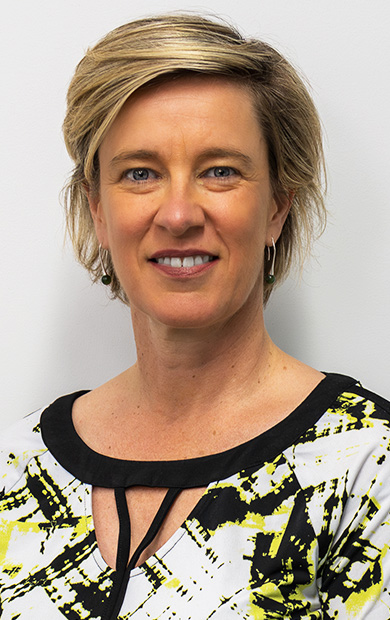Standards Australia Supports Safer Drinking Water
Statements
In recent years Australia has been faced with lead leaching from brass taps and fittings. The City of Greater Geelong decided to turn off 30 public water drinking fountains due to high levels of lead being detected1.
Similarly, Perth Children’s Hospital was found at the time to have lead leaching issues, but when the water samples were being tested, differing results were produced due to different methodologies being used. This led to some confusion in the community.
To guide appropriate methodologies for situations such as the above, Standards Australia’s Technical Committee EV-008, Methods for Examination of Waters, has published AS 5667.5:2022, Water quality — Sampling, Part 5.
The main benefit of this standard will be to help apply the right sample methodology for what is being investigated.
AS 5567.5 adopts the International Organization for Standardization’s (ISO) standard of the same name, which was published in 2006.
“We decided to modify this standard to suit Australia’s climate and ensure it was optimised for water testing methodologies. We are excited to have included the sampling programme that provides guidance on appropriate testing methods,” said Steven Delides, Drafting Lead of the standard’s Working Group.
Additional updates include schematics for suitable sampling taps, and guidance on testing in private water distribution systems.
Mr Delides explained that sometimes he found strange results from tests that weren’t reproducible or representative of the local water system.
“This could have been because of local containments somewhere along the system – whether it be pipes or elsewhere. So now we have included tap schematics and guidance for users on how to properly disinfect water sample outlets, and how best to avoid contamination,” Mr Delides said.
“The previous edition of this standard was sound for its purpose, which saw industry sample with a flushing method – essentially letting the water run for a few minutes then collecting water that was representative of the local area.”
“However, this standard places greater emphasis on using appropriate methods to generate results that are representative of the targeted area (such as a drinking fountain or mixing valve),” Mr Delides concluded.
Adam Stingemore, Standards Australia’s General Manager of Engagement and Communications, commends EV-008's efforts in developing a standard which is not only optimised for water sampling, but also suited to Australia’s climate, which has battled extreme weather events of late.
“This standard is a positive step forward for industry, and our aim at Standards Australia is to continue to support Australian communities with strategic solutions and documents,” Mr Stingemore said.
AS 5667.5:2022, Water quality — Sampling, Part 5 is available via the Standards Store and Standards Australia’s distribution partners.
.jpeg)
In recent years Australia has been faced with lead leaching from brass taps and fittings. The City of Greater Geelong decided to turn off 30 public water drinking fountains due to high levels of lead being detected1.
Similarly, Perth Children’s Hospital was found at the time to have lead leaching issues, but when the water samples were being tested, differing results were produced due to different methodologies being used. This led to some confusion in the community.
To guide appropriate methodologies for situations such as the above, Standards Australia’s Technical Committee EV-008, Methods for Examination of Waters, has published AS 5667.5:2022, Water quality — Sampling, Part 5.
The main benefit of this standard will be to help apply the right sample methodology for what is being investigated.
AS 5567.5 adopts the International Organization for Standardization’s (ISO) standard of the same name, which was published in 2006.
“We decided to modify this standard to suit Australia’s climate and ensure it was optimised for water testing methodologies. We are excited to have included the sampling programme that provides guidance on appropriate testing methods,” said Steven Delides, Drafting Lead of the standard’s Working Group.
Additional updates include schematics for suitable sampling taps, and guidance on testing in private water distribution systems.
Mr Delides explained that sometimes he found strange results from tests that weren’t reproducible or representative of the local water system.
“This could have been because of local containments somewhere along the system – whether it be pipes or elsewhere. So now we have included tap schematics and guidance for users on how to properly disinfect water sample outlets, and how best to avoid contamination,” Mr Delides said.
“The previous edition of this standard was sound for its purpose, which saw industry sample with a flushing method – essentially letting the water run for a few minutes then collecting water that was representative of the local area.”
“However, this standard places greater emphasis on using appropriate methods to generate results that are representative of the targeted area (such as a drinking fountain or mixing valve),” Mr Delides concluded.
Adam Stingemore, Standards Australia’s General Manager of Engagement and Communications, commends EV-008's efforts in developing a standard which is not only optimised for water sampling, but also suited to Australia’s climate, which has battled extreme weather events of late.
“This standard is a positive step forward for industry, and our aim at Standards Australia is to continue to support Australian communities with strategic solutions and documents,” Mr Stingemore said.
AS 5667.5:2022, Water quality — Sampling, Part 5 is available via the Standards Store and Standards Australia’s distribution partners.



